Non-Ablative Fractional Laser Resurfacing
What is Fractional Laser Resurfacing?
Fractional laser resurfacing is an innovative laser technology which can achieve significant skin rejuvenation coupled with brief recovery time and low risk of complications. The laser utilizes precision resurfacing technology coined “fractional”, concurrently treating the skin while intentionally sparing tiny areas. By doing so, uniform skin rejuvenation is achieved with short down time and a reduced risk of complications.
What does “non-ablative” mean?
Modern laser technology targets specific molecules and structures in the skin to achieve desirable changes and minimize unwanted side effects. The wavelengths of ablative lasers target the epidermis (outer skin layers) and dermis (mid-level skin layers including high contents of collagen and elastin). By targeting and resurfacing the epidermis and dermis levels of the skin, the laser is categorized as “ablative.” The two most common types of ablative lasers are erbium (2940 nm) and carbon dioxide (10,600 nm).
In contrast, a “non-ablative” laser delivers the laser energy into the epidermis and dermis, while leaving the stratum corneum (outermost epidermal layer) intact. Non-ablative lasers most commonly deliver wavelength energy between 1000-1600 nm.
Which non-ablative fractional lasers does Dr. Liu use?
Dr. Liu utilizes two systems to maximize results and tailor individual patient needs. The Cynosure ICON Aesthetic System has 3 unique non-ablative fractional resurfacing heads in the 1540 nm range to tighten, remodel, and/or remove pigmentation. The Alma Laser Clearlift is the only non-ablative fractional Q-switched laser in the market excellent at removing stubborn pigment, toning skin, and providing rejuvenation of the epidermis and dermis. These powerful and comprehensive systems allows him to utilize each head separately or in combination to deliver results for difficult structural skin issues.
Why would I want non-ablative fractional laser resurfacing?
Non-ablative laser resurfacing achieves deep laser resurfacing (by penetrating to the dermis layer of the skin) with little to no downtime (by leaving the stratum corneum in place). Many skin conditions with deep tissue changes can be corrected or improved, including acne pock scars, surgical scars, stretch marks, fine wrinkles, and some forms of pigmentation, such as melasma.
Does this procedure work on ethnic skin types?
Yes, Dr. Liu has found this laser to be safe and effective on ethnic skin types, including Asian, Latin, Middle Eastern, and African.
Pore Reduction
LEFT: untreated. RIGHT: after two session of non-ablative fractional laser (Alma Clearlift) |
|
*actual patient case of Dr. Liu©
 |
Left: Acne scars and enlarged pores
Right: Non-ablative fractional laser in combination with plasma RF microablative needling |
*actual patient case of Dr. Liu©
 |
Left: Acne scars, enlarged pores and sebaceous hyperplasia (enlarged oil glands)
Right: Non-ablative fractional laser in combination with plasma RF microablative needling |
*actual patient case of Dr. Liu©
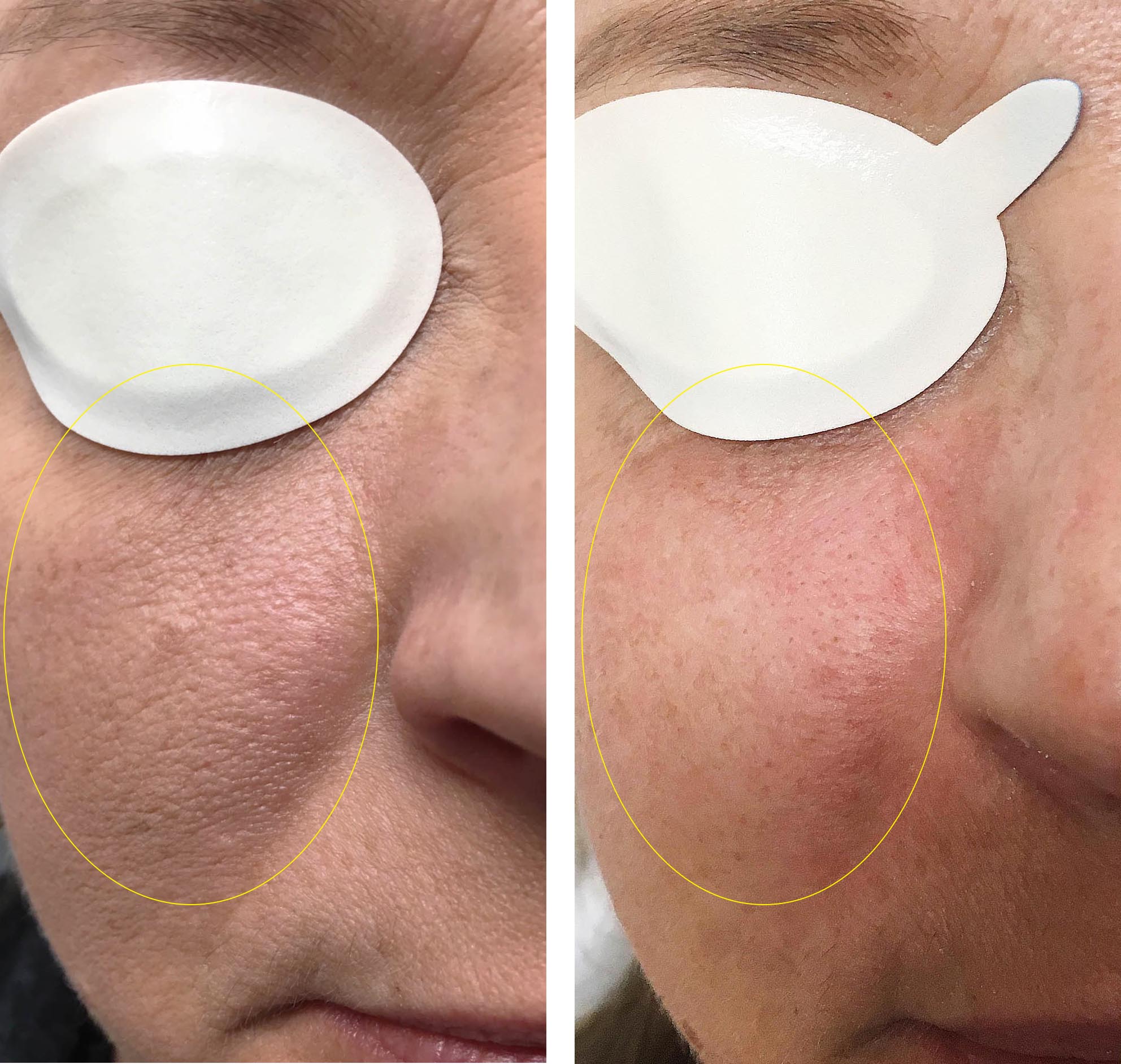 |
Left Photo-Enlarged Pores and Oil Glands
Right Photo-After Microablative Radiofrequency Needling & ClearLift Fractional Laser |
*actual patient case of Dr. Liu©
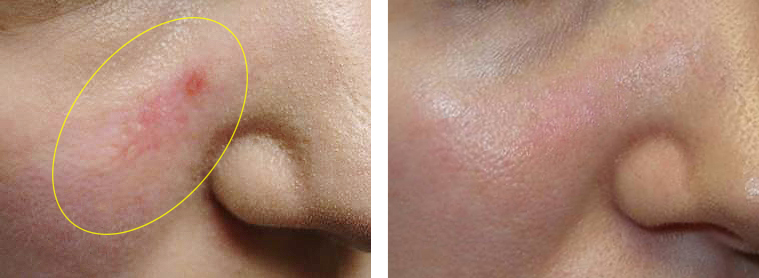 |
Left: Surgical Scar From Skin Cancer Removal
Right: After Three Non-Ablative Fractional Laser Resurfacing Treatments |
*actual patient case of Dr. Liu©
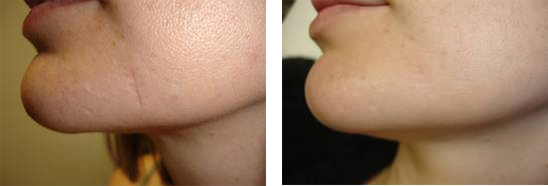 |
Left: Surgical Scar After Large Keloid Removal
Right: After One Non-Ablative Fractional Laser Resurfacing |
*actual patient case of Dr. Liu©
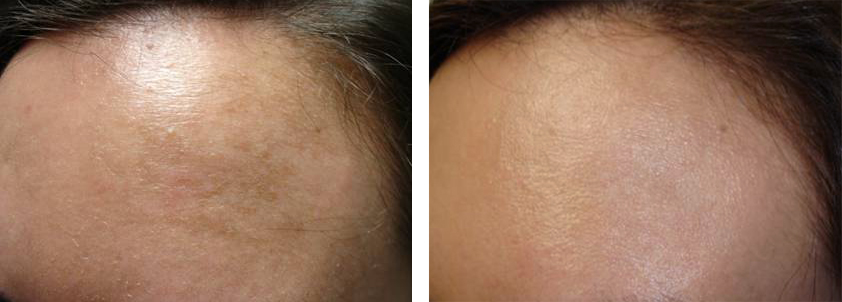 |
Left: Melasma forehead
Right: After Two Non-Ablative Fractional Laser Resurfacing |
*actual patient case of Dr. Liu©
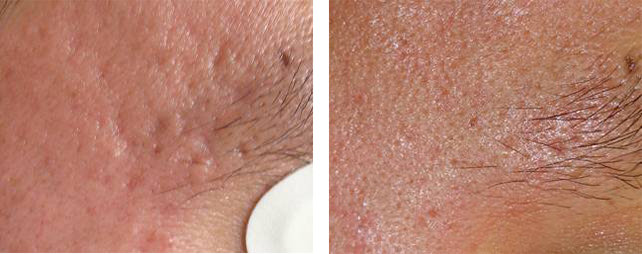 |
Left: Acne Pock Scars on Right Temple
Right: After Two Non-Ablative Fractional Laser Resurfacing |
*actual patient case of Dr. Liu©
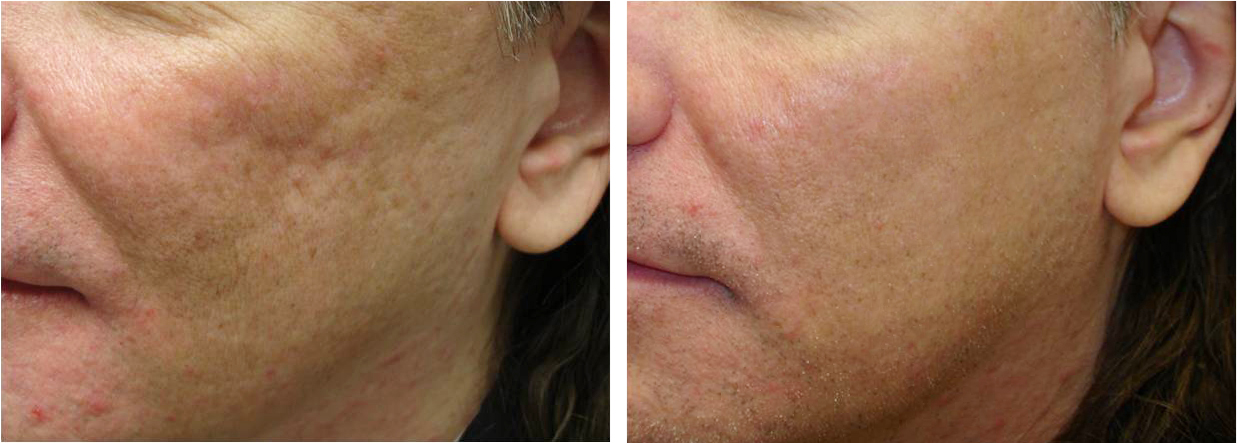 |
Left: Severe Atrophic Scarring From Acne
Right: After Combination of Non-Ablative Fractional Laser Resurfacing Followed by Juvederm Filler |
*actual patient case of Dr. Liu©
Dr Liu on the Doctors Show Using Non-Ablative Fractional Laser Resurfacing For Acne Scarring
Before & After Photos
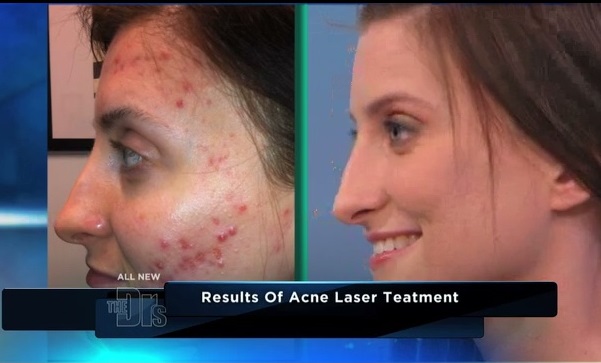
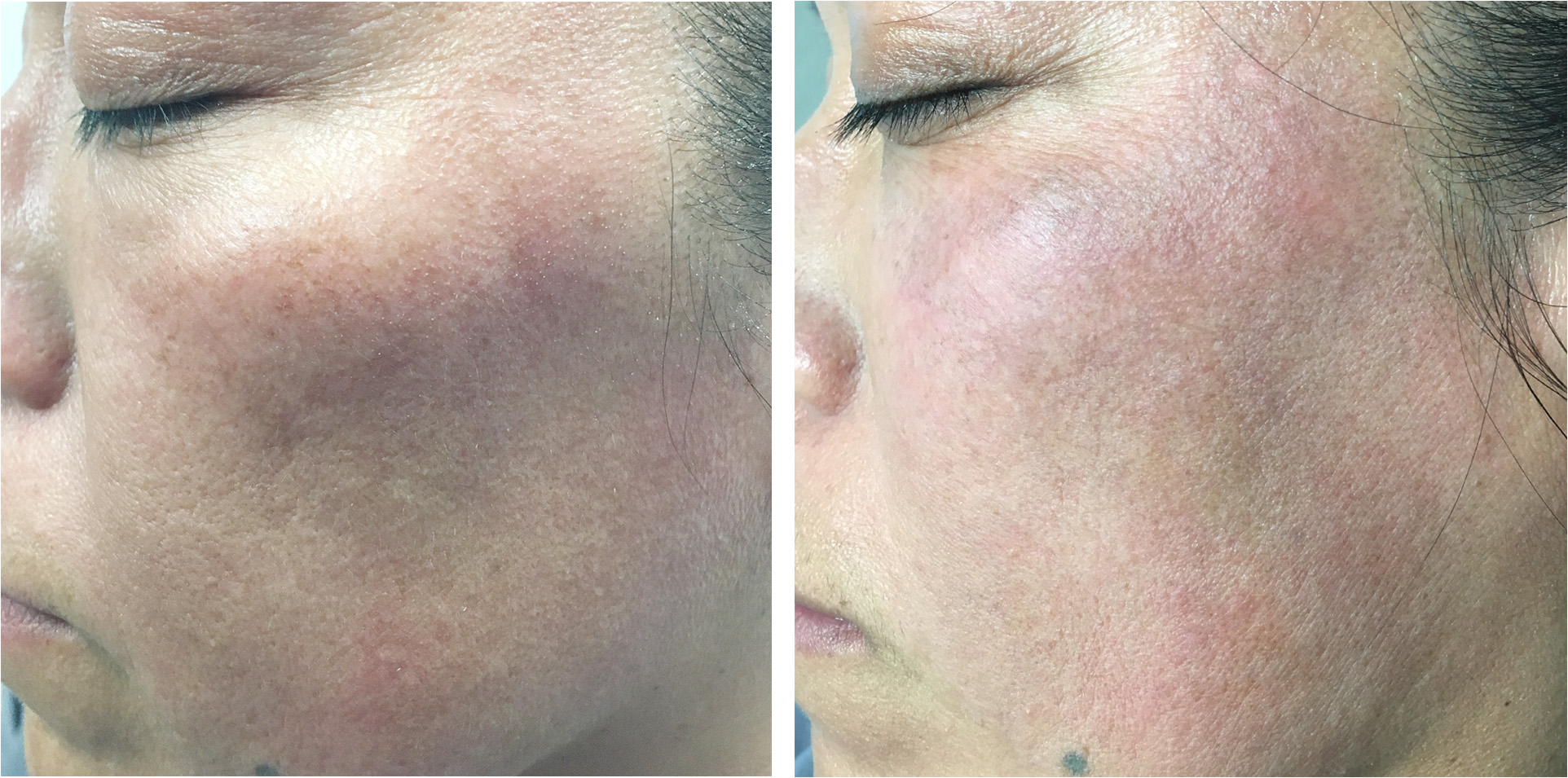 |
Left: Stubborn melasma on Latin skin type failed multiple creams and lasers
Right: After two Alma Clearlift Fractional Q-switch Laser treatments
|
*actual patient case of Dr. Liu©
How many treatments are typical for me to see results?
A series of treatments may be required to achieve the desired results, usually 2-4 weeks apart.
Is non-ablative fractional laser resurfacing painful?
Non-ablative fractional laser resurfacing is very well tolerated. The majority of patients experience minimal discomfort with topical numbing cream applied prior to the procedure.
What will happen after the procedure?
You may experience mild swelling or redness in the treated area for a few hours after the procedure. Some patients will have a mild pink skin tone for a couple of days.
How do I care for the area afterwards?
Dr. Liu’s staff will review the post-care instructions for your treatment areas. The instructions are also available for you to review here.
How long is the recovery time?
In general, you can receive a treatment and return to work or other activities with minimal to no down time.
What do I do before the treatment?
Proper skin preparation and potential contraindications will be reviewed with you prior to your visit. Please click here to receive more information.
Who performs the procedure?
Dr. Liu personally performs the procedure.
|










